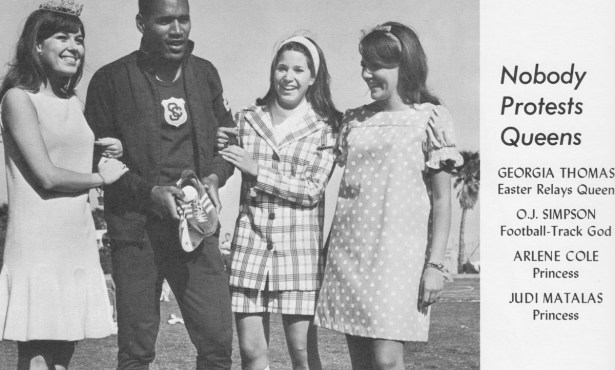Hope Ranch
Q: ‘How did Hope Ranch get its name?’
—Gary Sanderson
A: Hope Ranch was named after Thomas Hope, a
fiery, illiterate Irishman who became one of the most successful
ranchers on the South Coast. This success was reflected in his
elegant Victorian home, which still stands at 399 Nogal Drive after
a narrow escape from the wrecker’s ball.
Thomas Hope was born in Meath, Ireland, in 1820 and came to the
U.S. at the age of 16. He first settled in Texas, but eventually
journeyed to San Francisco, passing through Santa Barbara on the
way. In San Francisco he married, and he and his wife operated a
boarding house for a time. In 1849 the couple moved to Santa
Barbara. Hope began to raise sheep; his flocks would eventually
number in the thousands. In 1861 he purchased two ranchos, La
Calera (The Lime Kiln) and Las Positas (The Little Springs) from
the widow of Thomas Robbins; Hope paid $8,000 for more than 4,000
acres. His investment turned out to be an excellent one. The Civil
War greatly drove up the demand for wool cloth and, although hurt
by the floods and droughts of the 1860s, which virtually destroyed
California’s cattle industry, Hope’s operations came through in
relatively good condition.
In addition to raising sheep, Hope also grew a variety of crops
on his ranch. Near today’s Laguna Blanca he successfully planted
barley. Hope also raised racehorses and built a racetrack in a
nearby meadow. He also built a steeplechase course.
Hope was a generous man, but his temper could get him in
trouble. This dual nature is illustrated by an incident in 1873.
Hope gave the county a strip of land upon which to construct a road
(today part of Hollister Avenue), but when he felt the county
surveyor was encroaching upon private property, he flew into a
rage. He and his foreman badly beat the surveyor. Hope turned
himself in and was fined $25 for the attack. The surveyor later
sued, which cost Hope an additional $1,000 in damages.
The Hopes had been living in an adobe, but as the family grew to
six children, Hope commissioned Peter Barber to design a large
Victorian home. Barber was the pre-eminent architect in Santa
Barbara at the time. His designs included the first Arlington
Hotel, the Charles Fernald mansion, the 1872 county courthouse, and
what became the Upham Hotel. Barber designed a two-story Italianate
structure of nine rooms with a front balcony and a six-columned
veranda. A captain’s walk surmounted the building. The house was
completed in 1875 at a cost of $10,000.
Hope had precious little time to enjoy his new home, one of the
finest in the area. In January 1876, he died of stomach cancer,
although rumors persisted that foul play may have been the cause.
At the time of his death he was estimated to be worth about a
half-million dollars. The family continued to live in the house
until the widowed Delia Hope sold it and her portion of the ranch
in 1887 for $255,000 and moved to San Francisco. She insisted on
payment in gold and a local banker made the delivery to the house
under armed guard. She later returned some $20,000 in coins for
replacement, saying they were defective. In 1892 Thomas Hope’s body
was exhumed and taken to San Francisco for reburial.
The family mansion went through a number of owners’ hands, and
by 1963 was vacant and in a sad state of disrepair. In 1967, George
and Vie Obern bought the house and, rallying the community, saved
it from destruction. Thousands of volunteer hours were spent on the
restoration. On December 15, 1968, the Oberns opened the doors of
the revitalized Hope House to some 500 celebrants. Hope House is
now a designated Santa Barbara County Landmark and is on the
National Register of Historic Places.



